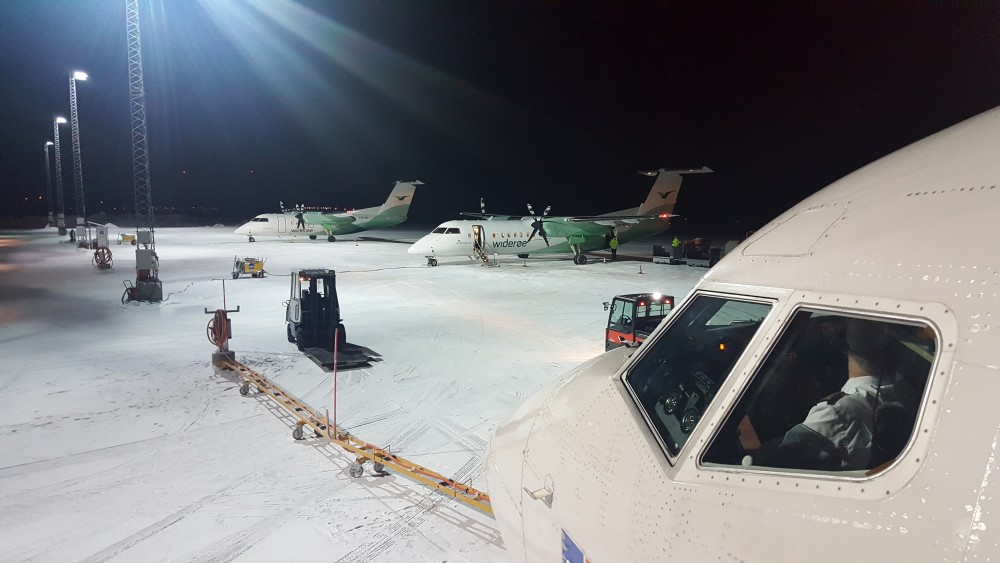Pilots in northern Norway report a big uptick in GPS signal jamming
Jamming from Russia’s Kola Peninsula is having a significant impact on domestic aviation in Norway.

Pilots are reporting loss of navigation GPS on flights both in the eastern and western parts of Finnmark, Norway’s northernmost region, newspaper iFinnmark reports.
It is jamming from Russia’s Kola Peninsula that seriously troubles passenger flights to the remote airports in Finnmark.
“GPS problems are reported 2-3 times per week by our pilots since 2018. This has now escalated vastly,” Catharina Solli with the regional airline Widerøe told iFinnmark. Widerøe is northern Europe’s largest regional airliner. In Finnmark, the company operates daily flights to 11 airports from Kirkenes in the east to Hasvik in the west.
An overview by the Norwegian Communications Authority (Nkom), published by Faktisk Verifiserbar, shows 81 days with loss of GPS signals in eastern Finnmark in the period from January 1 to November 16. That was four times more than reported in 2021.
The following month became much worse.
“Our pilots here [flying in Finnmark] registered loss of GPS signals 17 times in November. And now in December, it is actually even more. Per December 20 we have experienced loss of GPS signals 27 times,” Solli says.
Another change is that jamming also impacts the western part of Finnmark, several hundred kilometers from the border with Russia.
The Barents Observer previously reported that Russia has dedicated electronic warfare troops on the Kola Peninsula that regularly exercise its navigation jamming capacities.
According to Faktisk Verifiserbar, the military forces intensified jamming of GPS signals at several locations in Russia shortly after Ukrainian drones hit the Engels airbase in the Saratov region on December 5.
This article has been fact-checked by Arctic Today and Polar Research and Policy Initiative, with the support of the EMIF managed by the Calouste Gulbenkian Foundation.
Disclaimer: The sole responsibility for any content supported by the European Media and Information Fund lies with the author(s) and it may not necessarily reflect the positions of the EMIF and the Fund Partners, the Calouste Gulbenkian Foundation and the European University Institute.
